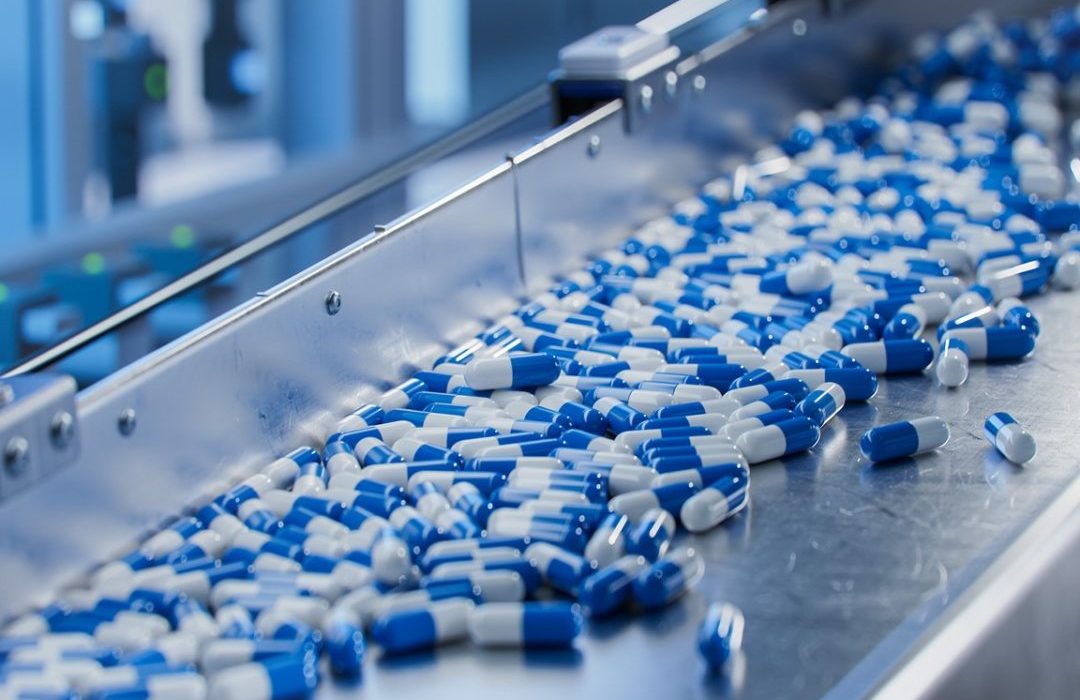Sri Lanka’s pharmaceutical sector is beginning to show signs of recovery, with sales starting to grow after the country’s severe currency crisis in 2022. Hemas Holdings Plc, a prominent group involved in pharmaceuticals and consumer goods, reported that the expansion was driven by increased sales of lower-priced items, particularly diabetic drugs and vitamins.
According to Hemas, the pharmaceutical industry experienced volume growth for the first time since the 2022 economic crisis. The company highlighted that this growth was largely fueled by local manufacturers and more affordable products, signaling a shift in consumer preferences towards cost-effective pharmaceutical options.
The economic turmoil of 2022, which saw Sri Lanka grappling with its worst currency crisis, pushed a significant portion of the population into poverty, forcing many to adopt “coping mechanisms” in response to rising prices. As the country navigates through multiple currency and stabilization crises since the end of its civil war, inflation and currency depreciation have been major challenges. However, recent monetary stability efforts, including a deflationary policy and a strengthening of the Sri Lankan rupee, have contributed to a reduction in prices and a more favorable economic environment.
The central bank’s efforts to stabilize the currency since late 2022 have been crucial, with the exchange rate appreciating from 360 to 293 rupees to the US dollar, providing a sense of relief for both consumers and businesses. As a result, the pharmaceutical sector, among others, is beginning to recover, signaling a positive trend for the country’s economic growth.
